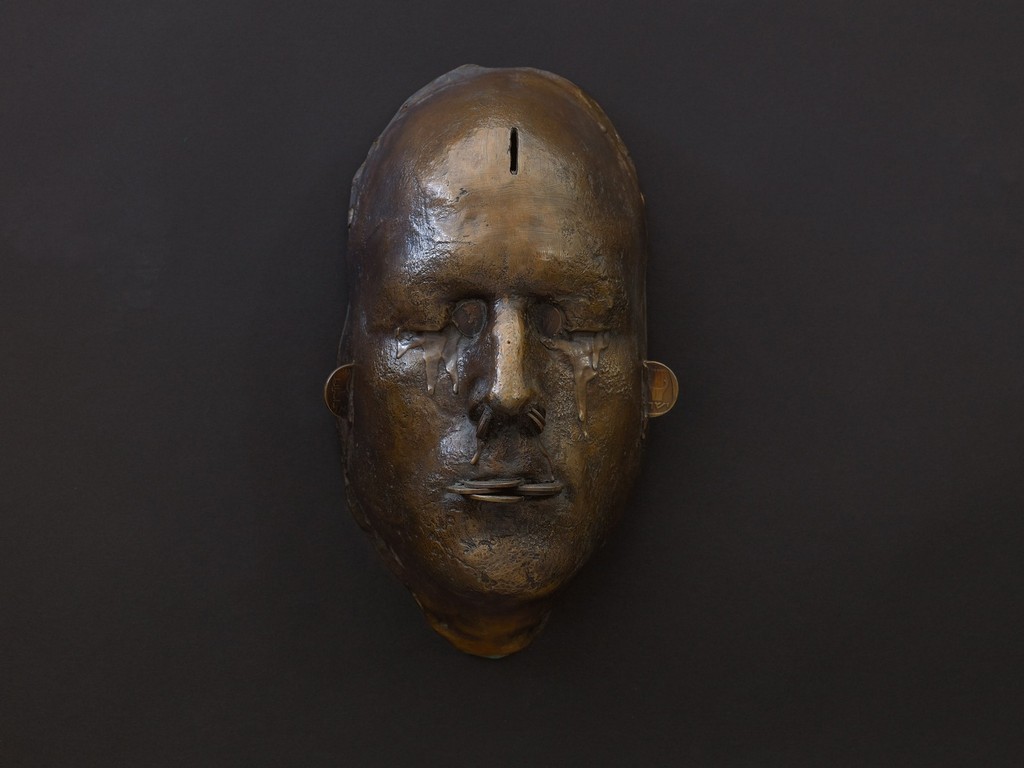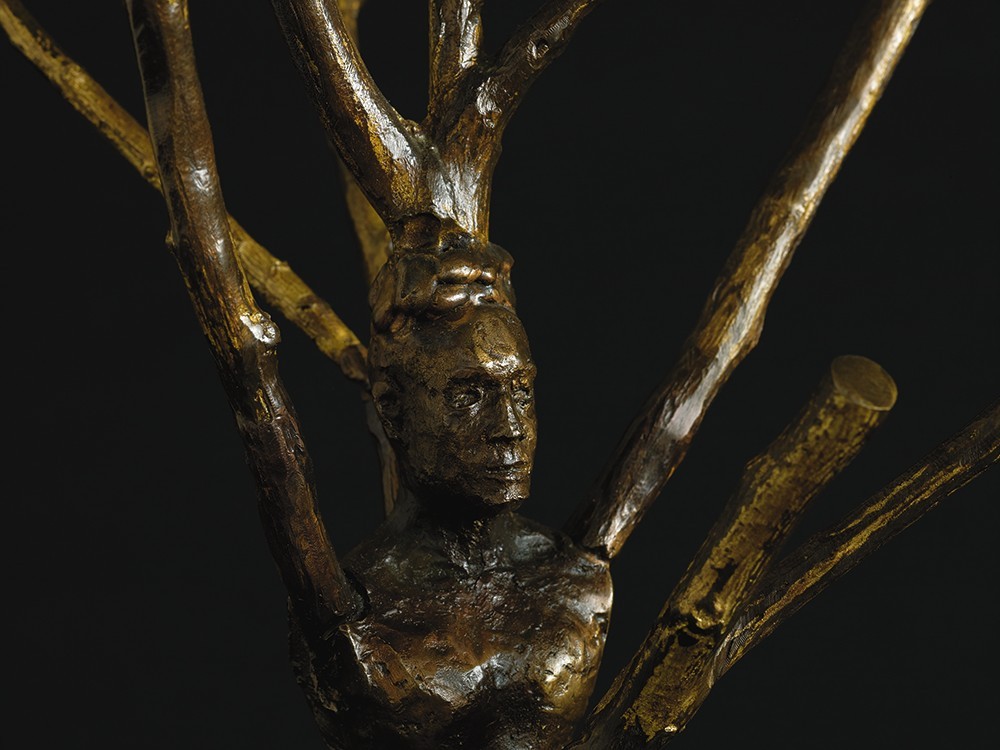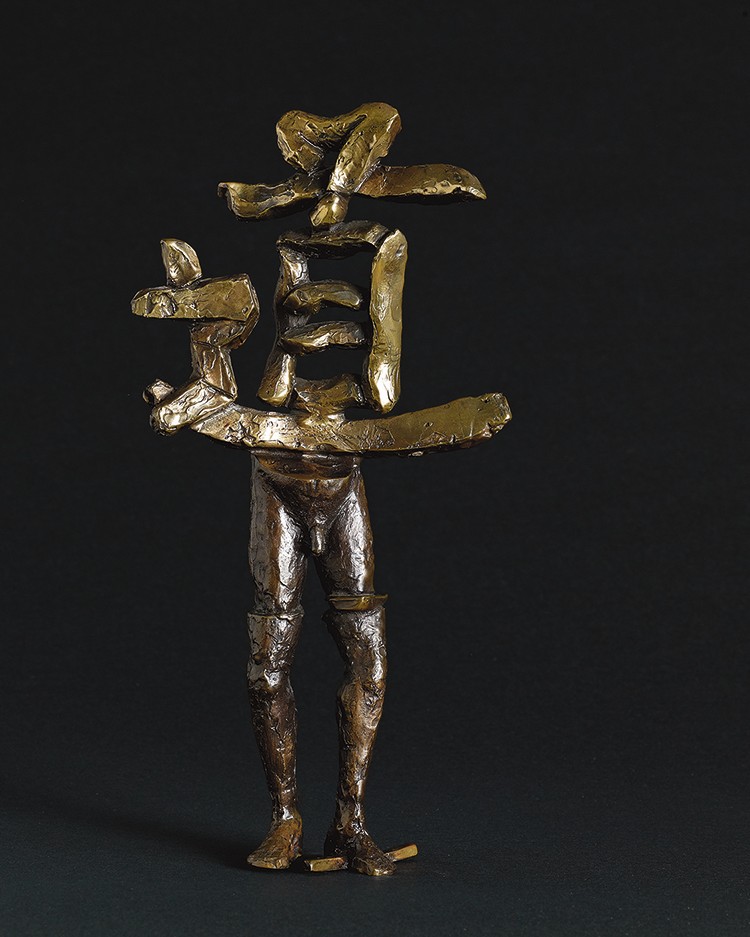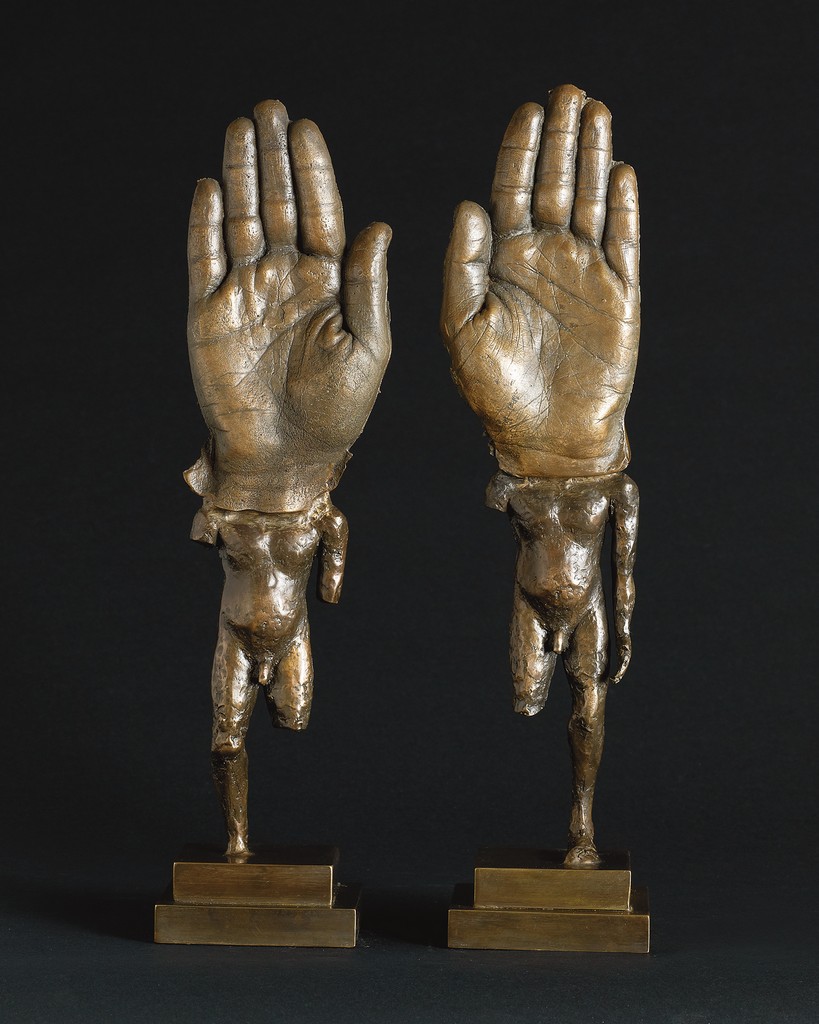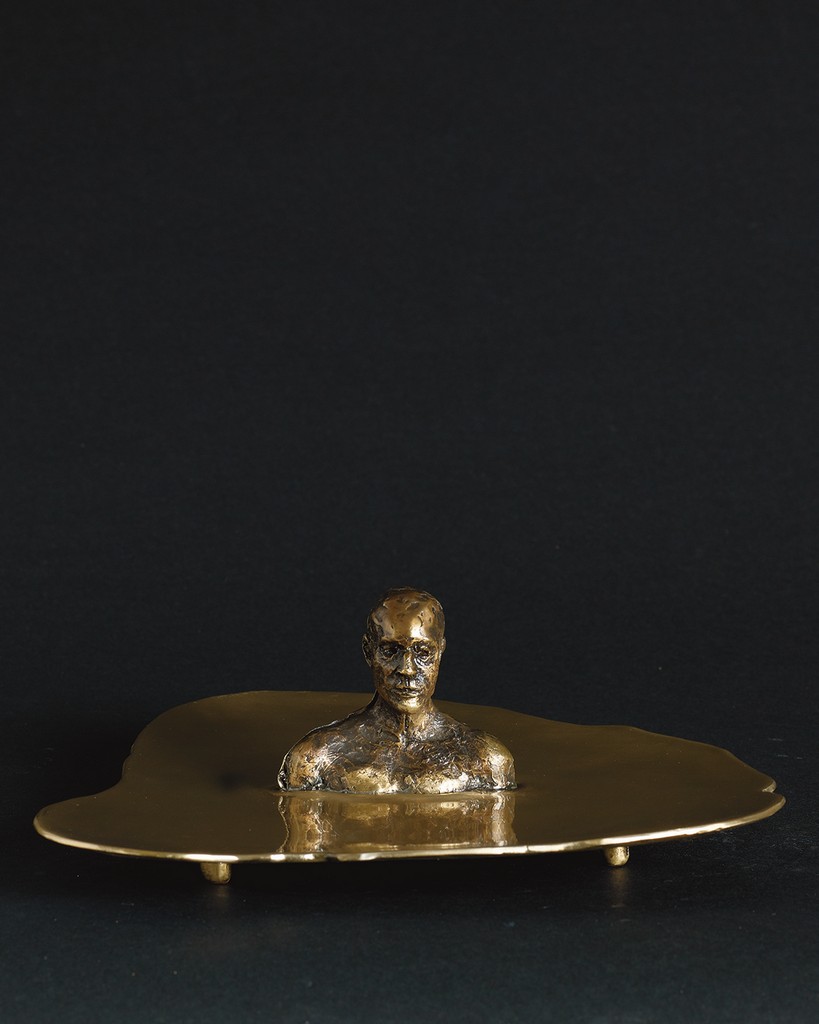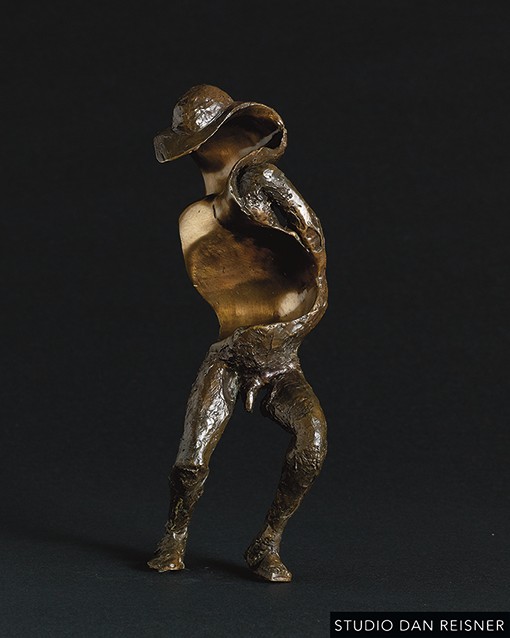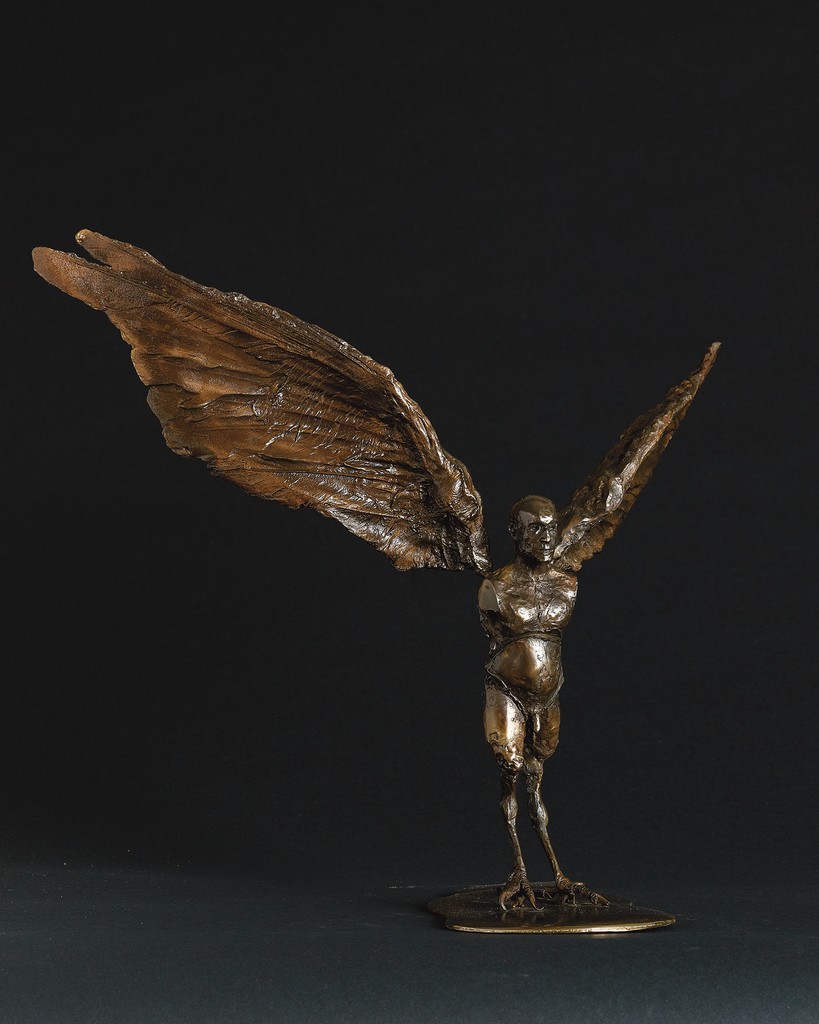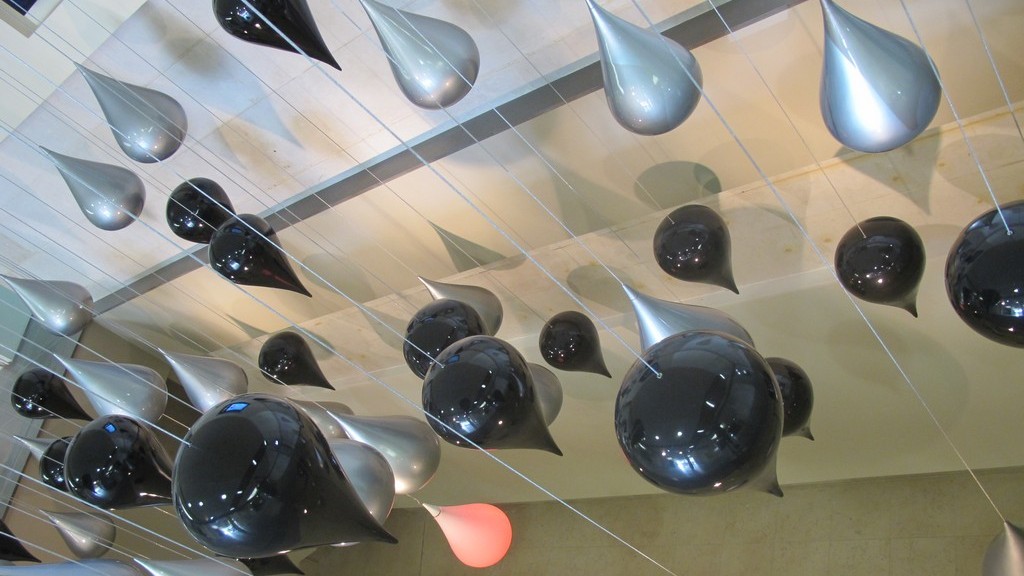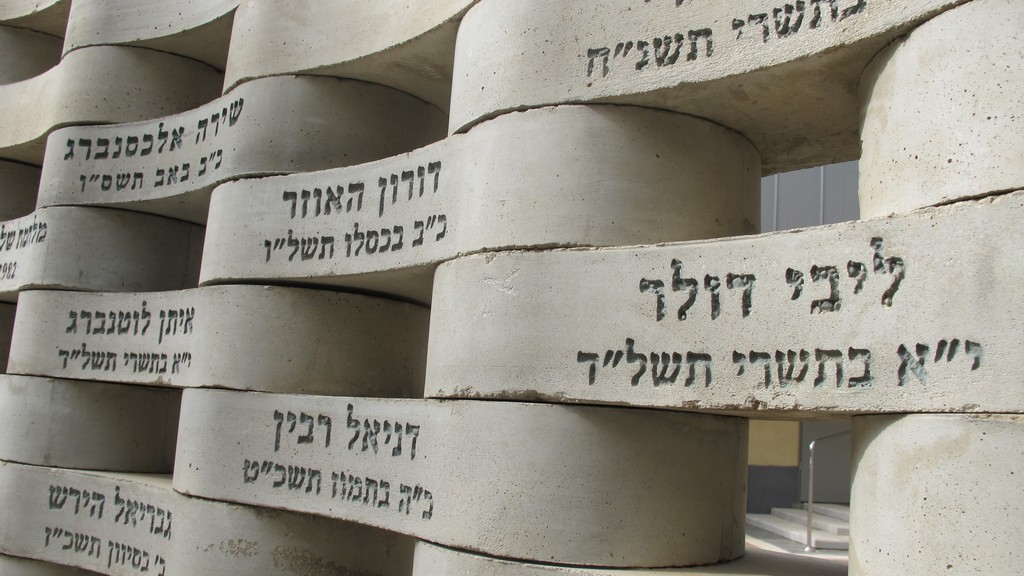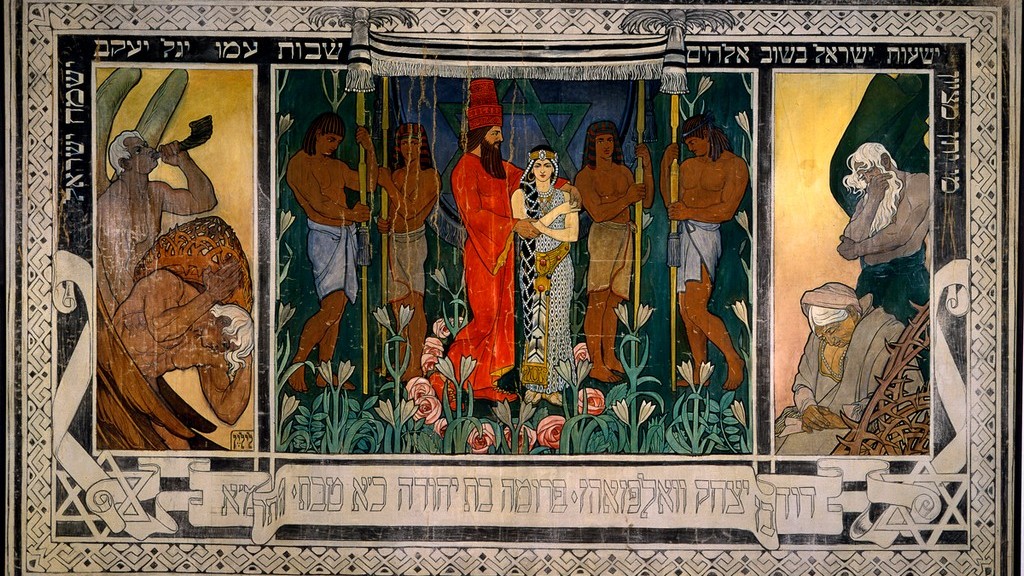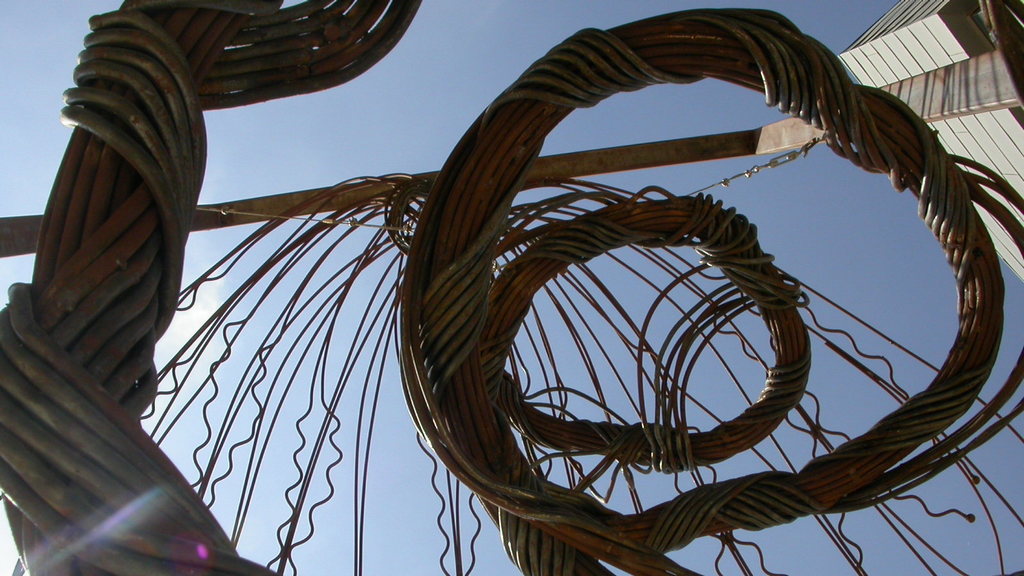
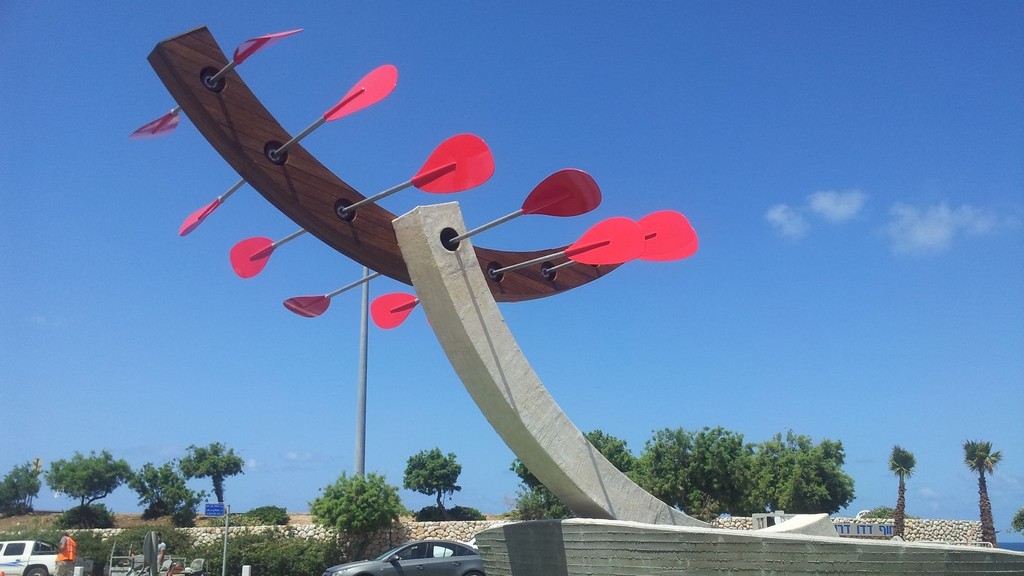
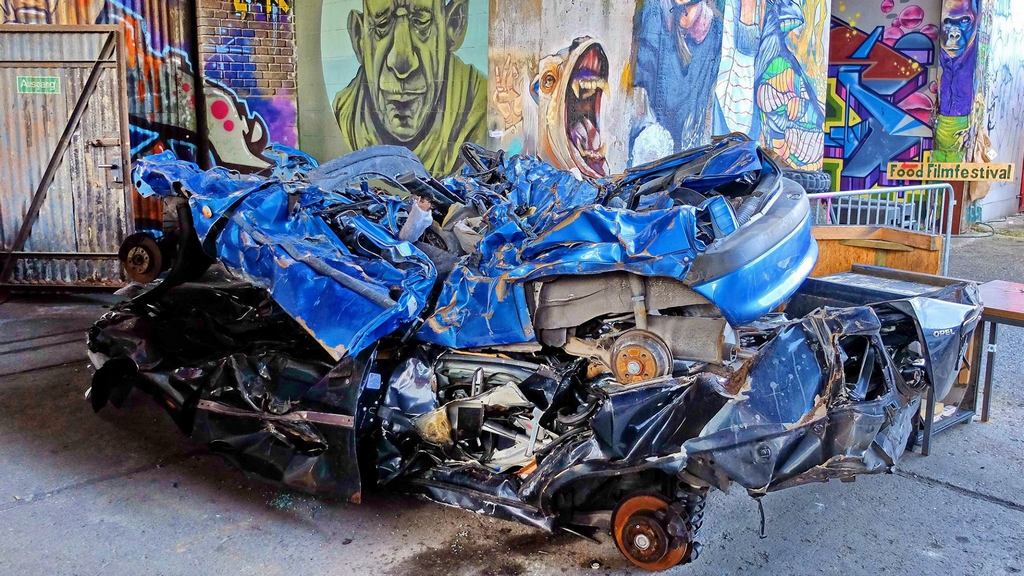
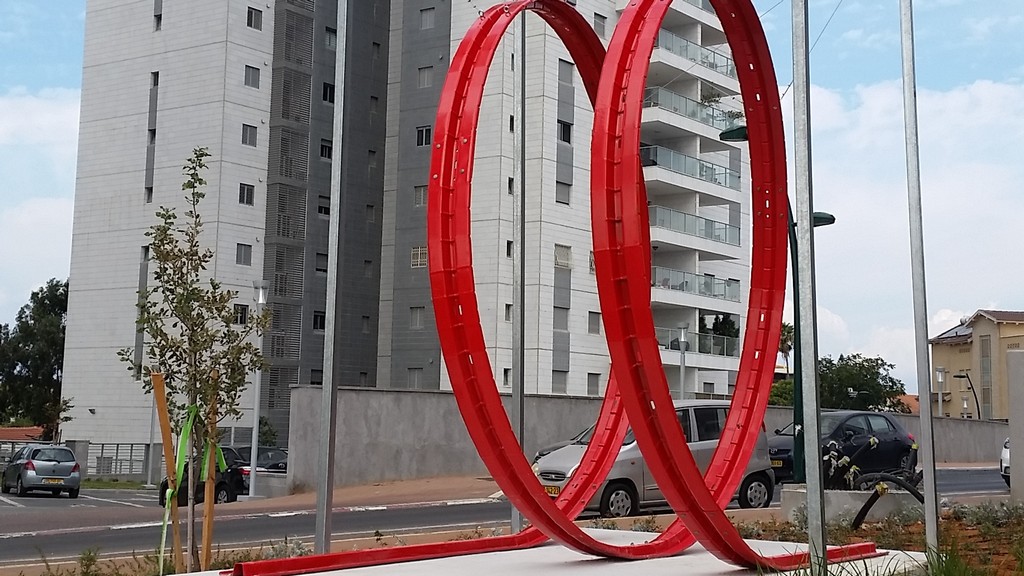
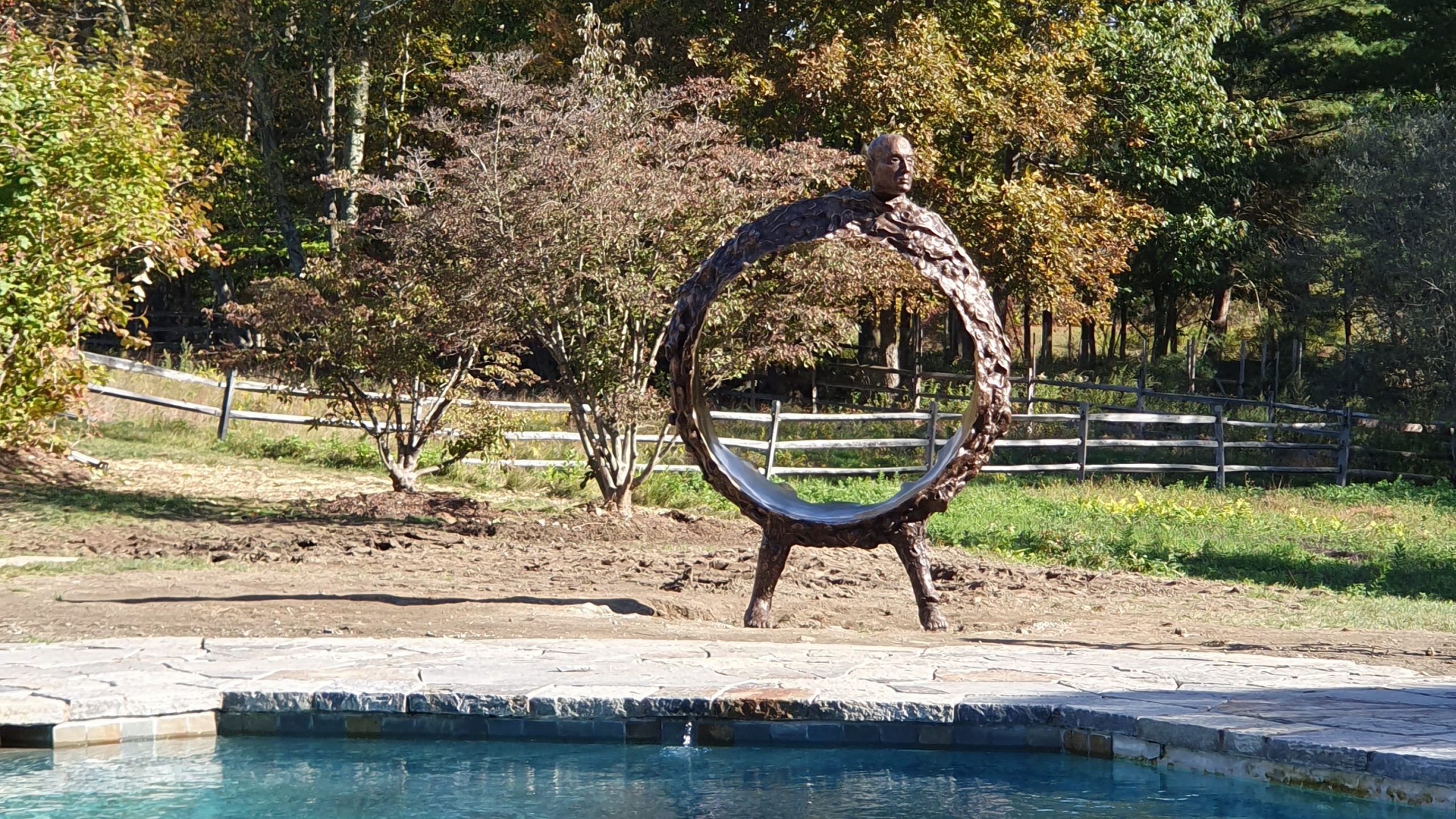
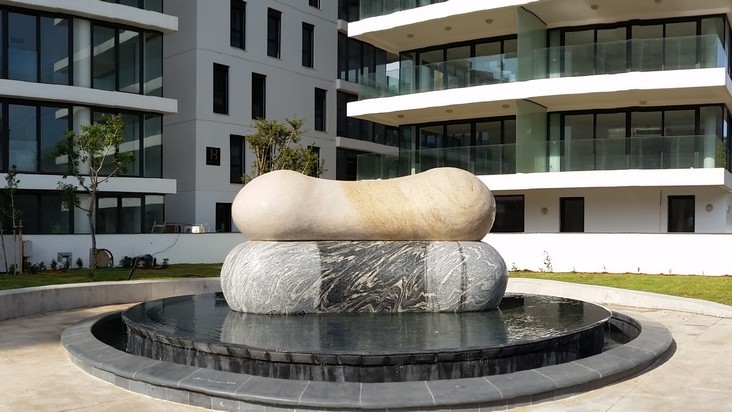






- IDOLS OF THE SUN
- PUBLIC SCULPTURE
Curators on the Art of Dan Reisner and the Bronze Series in Particular:
Ilan Wizgan, Curator :
“Dan Reisner has been active in the Israeli sculpting scene for over two decades. From the early stages of his career and, in fact, even during his studies at the Faculty of Arts at Beit Berl Academic College (known as “HaMidrasha”), he has been trying to forge his own path and find a contemporary voice without forgetting the achievements of modern art from its inception to the present day. This process gradually gave birth to a vast body of works with clearly evident personal characteristics. Reisner’s art takes two parallel paths, one private and one public. His outdoor sculptures can be seen in numerous locations all over Israel, and in different places around the world; each one seeming to use the language of the place to tell its story.
Standing at the other end of the spectrum of his work, the small, personal installations of the bronze series stem from the depths of the artist’s consciousness and express the endless soul-searching process that has led Reisner to create an extraordinary body of work, both in scope and in nature. Born over a decade ago and stemming from a single point of origin – namely, the artist’s persona – this body of work has been constantly growing and evolving. The series consists of dozens of small figures, each reflecting a single existential experience or one of the many aspects of human existence as seen from the artist’s deeply personal perspective.”
Tali Tamir, Curator :
“Reisner is one of the very few Israeli artists, whose artistic language is identified with sculpting at its very core. Reisner insists on giving new life to the traditional genre of figurative sculpting and the bronze casting technique. In this bold, risky move, he manages to breathe a different kind of life into his “figurines”, deconstructing and reconstructing the genre, as he rearranges the human anatomy.
Reisner’s completely contemporary treatment of figurative sculpting and bronze casting enfolds psychological and existential insights on man as a citizen of the world in the early 21st century. Yet, at the same time, he never ceases to correspond with art history: from his very use of the classical tradition of sculpting the human body to his provocative use of Brancusi’s “The Column of Infinite”, his “cubist” breaking-down and tearing of the form to his subtle references to Rodin and Renaissance sculpting motifs, his sculptures cite sources with inventive, disturbing, funny and thought-provoking distortions.
Reisner also engages in painting, drawing and video production, and has been teaching art and creative thinking for many years. During my time working with him on the “Zulu” exhibition at the Nahum Gutman Museum in 2009, Reisner created one of his most important and fascinating works to date, proving his ability to combine several mediums in a shared space.”
Smadar Sheffi, Curator :
“Dan Reisner’s bronze figures are an extraordinary group of sculptures. It consists of over thirty figures of men; some alone, others in groups of two or three. Each one is an expression of pain, yearning or need; a physical manifestation of thoughts, feelings, primal urges and raw creative force, deep despair and great joy.
The series relates to sculptures of men throughout history: Renaissance sculptures such as Donatello’s David; modern works from late 19th and early 20th century such as “The Burghers of Calais”, “Three Shadows” or “The Walking Man” by August Rodin; Giacometti’s Piazza from the late 1940s and more recent pieces, such as Zadok Ben David’s installations on evolution from the mid-1990s. It is also associated with sculptures of men in classical art and in the art of India and Central Asia.
From “The Column of Infinite” to Shiva, the sculptures of Dan Reisner are portraits of the viewer. Unlike many of these works, Dan Reisner’s sculptures do not depict venerated persons. These small, introverted sculptures reveal wounds and externalize deprivations. They are created to serve as mediators in a dynamic, emotional process that takes place between the viewers, the sculptures and the baggage they carry.
Reisner creates a series of fascinating hybridizations. Some, like the joining of a figure with Constantine Brancusi’s “The Column of Infinite” (part of a monument created by Brancusi in 1935 to commemorate the Romanian soldiers who had fought in World War I), the figure of a man standing in the pose of Degas’ “Little Dancer of Fourteen Years” (1881), or a man with four arms balancing on top of a prone figure (an image reminiscent of representations of the god, Shiva), are related to art history. Others, such as the image resembling Siamese twins, are associated with handicaps and physically challenging situations. In yet other sculptures, Reisner addresses existing mythologies, invents new ones and examines issues of masculinity and gender while observing the misgivings that surround these issues today.
Much like ex-voto, offerings of gratitude or devotion given to Christian saints by believers who had recovered from illnesses or injuries, Reisner’s sculptures, all of them self portraits, are a discussion of metamorphoses – a process of change, in the search for salvation.”

